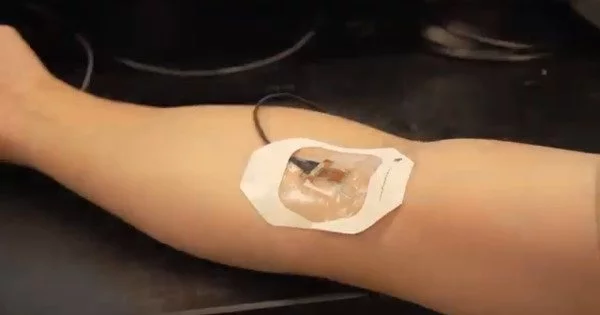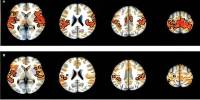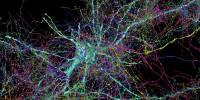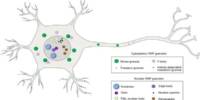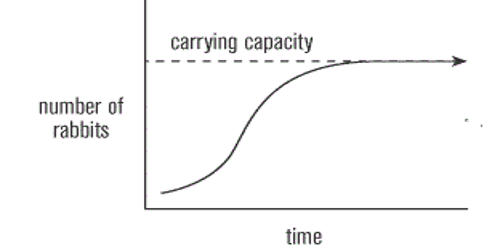Deep brain stimulation (DBS) is a procedure in which electrodes are implanted into specific areas of the brain and connected to a device that sends electrical signals to these areas. It has been used to treat a variety of neurological conditions, including Parkinson’s disease, dystonia, and obsessive-compulsive disorder. There is some research suggesting that DBS may be a potential treatment for Alzheimer’s disease, but it is still in the early stages of an investigation. It is important to note that DBS is a complex and invasive procedure and is not suitable for everyone. It is typically reserved for individuals who have not responded to other treatments.
Alzheimer’s disease (AD) is the fifth leading cause of death in people over the age of 65. While many potential treatments for neurodegenerative disease focus on developing drugs that target specific culprits, a relatively new approach aims to treat the brain directly. Deep brain stimulation (DBS) is a neurosurgical technique that involves electrically stimulating brain circuits in order to relieve symptoms of disorders such as Parkinson’s disease and obsessive-compulsive disorder. The preliminary use of DBS in Alzheimer’s disease patients has yielded mixed results, with cognitive outcomes varying. These disparities in outcomes could be attributed to differences in electrode placement across patients.
Researchers from Brigham and Women’s Hospital, a founding member of the Mass General Brigham healthcare system, compared DBS targets in AD patients previously treated at seven international sites, finding that stimulating the intersection of two particular brain networks correlated with better patient outcomes than stimulating nearby sites. Findings are published in Nature Communications.
We refined an optimal DBS site, which future clinical trials of DBS may now use, going forward. If more patients are stimulated at this region, we may see clearer evidence across the group supporting the effectiveness of DBS.
Andreas Horn
“Not many Alzheimer’s patients have been treated with DBS, and so isolating a targetable network and showing that it could be predictive of patient outcomes was exciting,” said corresponding author Andreas Horn, MD, Ph.D., of the Center for Brain Circuit Therapeutics. “We refined an optimal DBS site, which future clinical trials of DBS may now use, going forward. If more patients are stimulated at this region, we may see clearer evidence across the group supporting the effectiveness of DBS.”
With the collaboration of colleagues from Toronto Western Hospital and six other centers, forty-six patients with mild AD treated with DBS to the fornix (fx-DBS) were included in this study. The fornix is an essential structure involved in memory formation. Brigham researchers developed software capable of precisely registering fx-DBS sites from individual patients into a standardized map of the brain. From there, the researchers calculated the target associated with optimal clinical outcomes and determined what modulations of local tracts and whole-brain networks led to best results.
Cognitive improvement was associated with DBS to the direct interface between the fornix and bed nucleus of the stria terminalis (involved in emotional and behavioral responses), with tract connections to the circuit of Papez playing a role as well (this circuit connects to the hippocampus, a major center for memory formation).
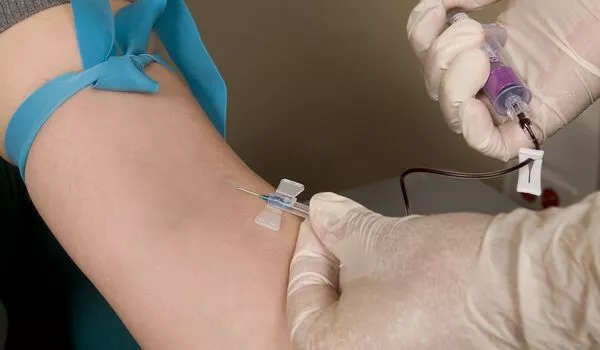
Using an approach inspired by the machine-learning literature, the researchers validated their findings in a test cohort of 18 patients, whose data had been excluded from the initial stages of the research. They developed a model that was able to accurately determine clinical outcomes in these 18 patients based on where electrodes had been placed during their fx-DBS procedures.
The authors emphasize that this was a retrospective study, and prospective validation is required to further confirm their findings. They emphasize that neurodegeneration will progress even in patients who respond well to fx-DBS, but the procedure can potentially ameliorate symptoms.
As clinical trials of DBS continue, the researchers are looking to collaborate further with centers that conduct DBS to better define targetable networks for AD. They are also interested in further studying the exact circuits involved in memory formation based on stroke lesions that lead to cognitive decline.
“The data we used in this study are unique, and it was an honor that the team entrusted us with it so that we could apply methods we have developed over the past ten years to identify the sites in the brain that matter most for DBS in AD,” Horn said. “This is still basic science, but it may give hope in terms of potential treatments that, if applied correctly, could lead to symptomatic improvements.”
